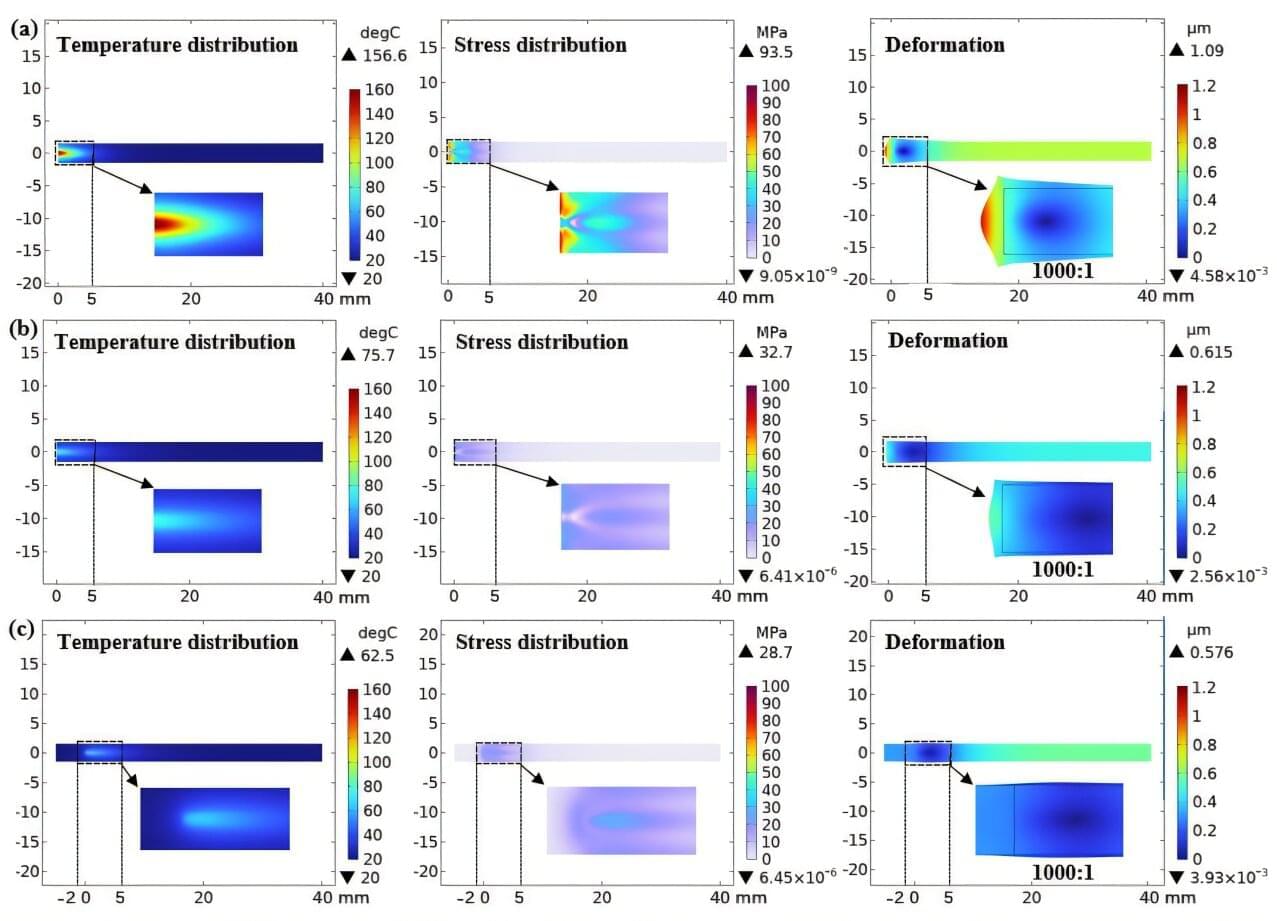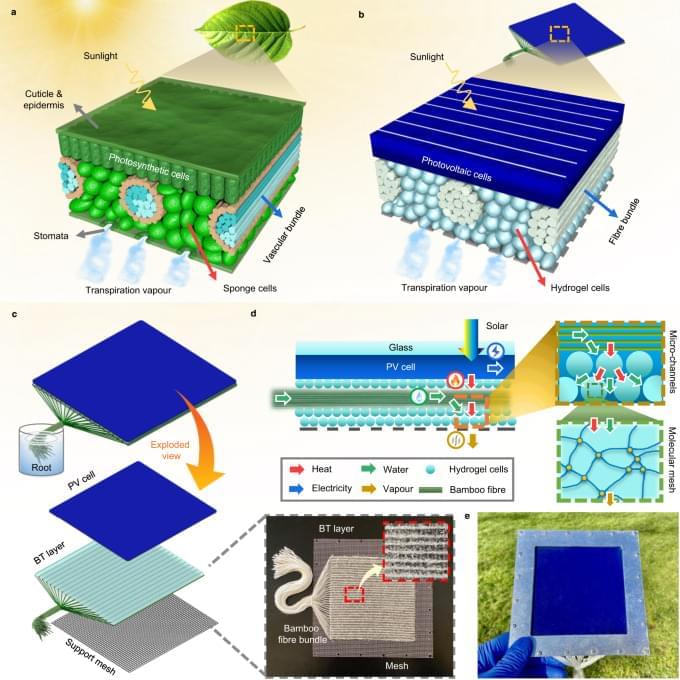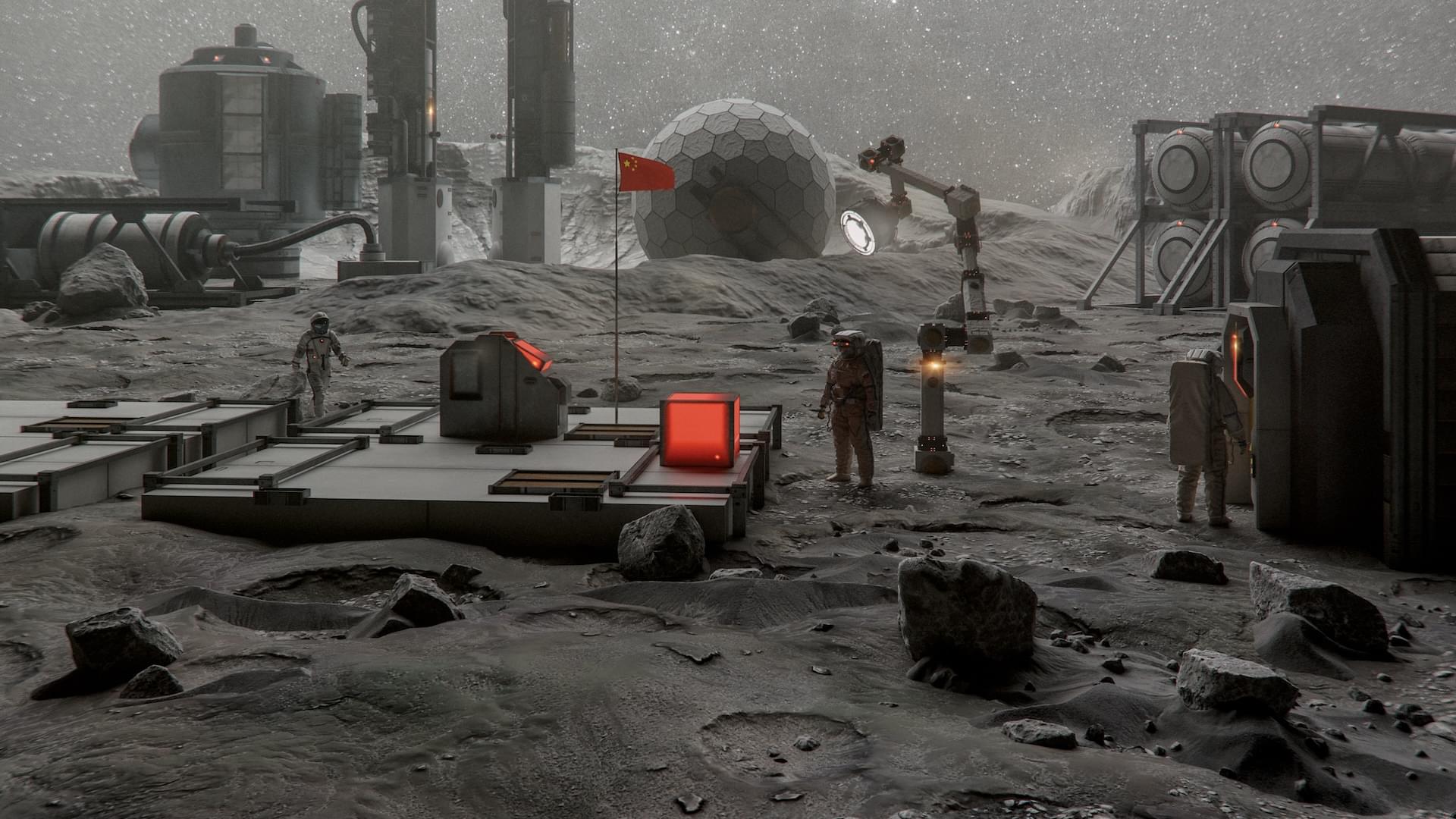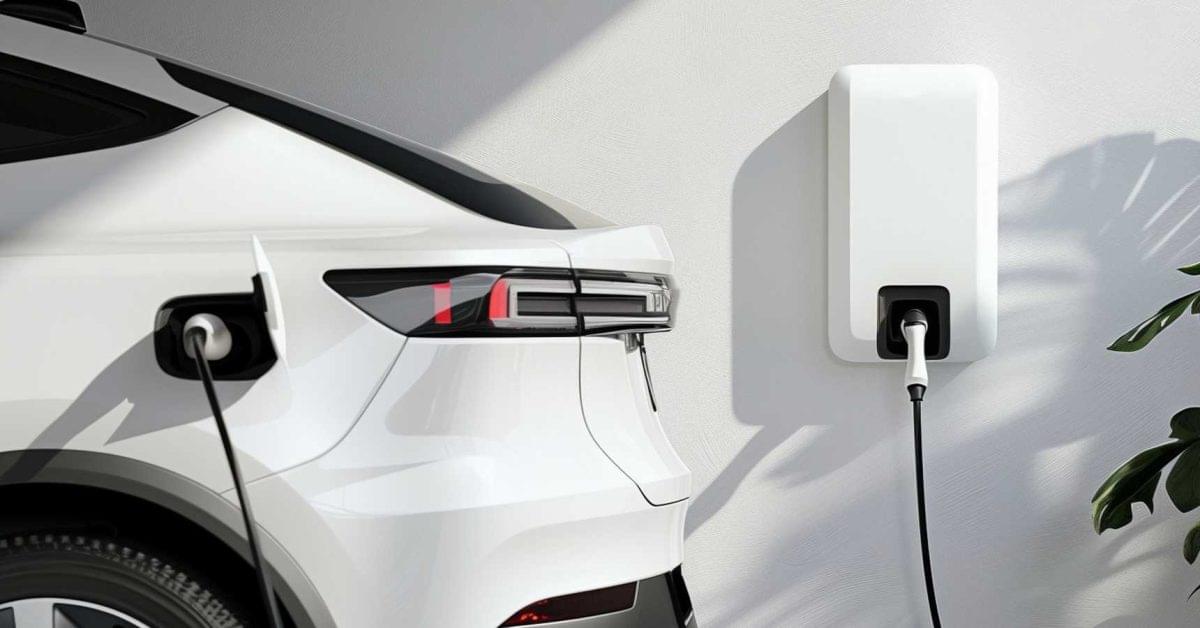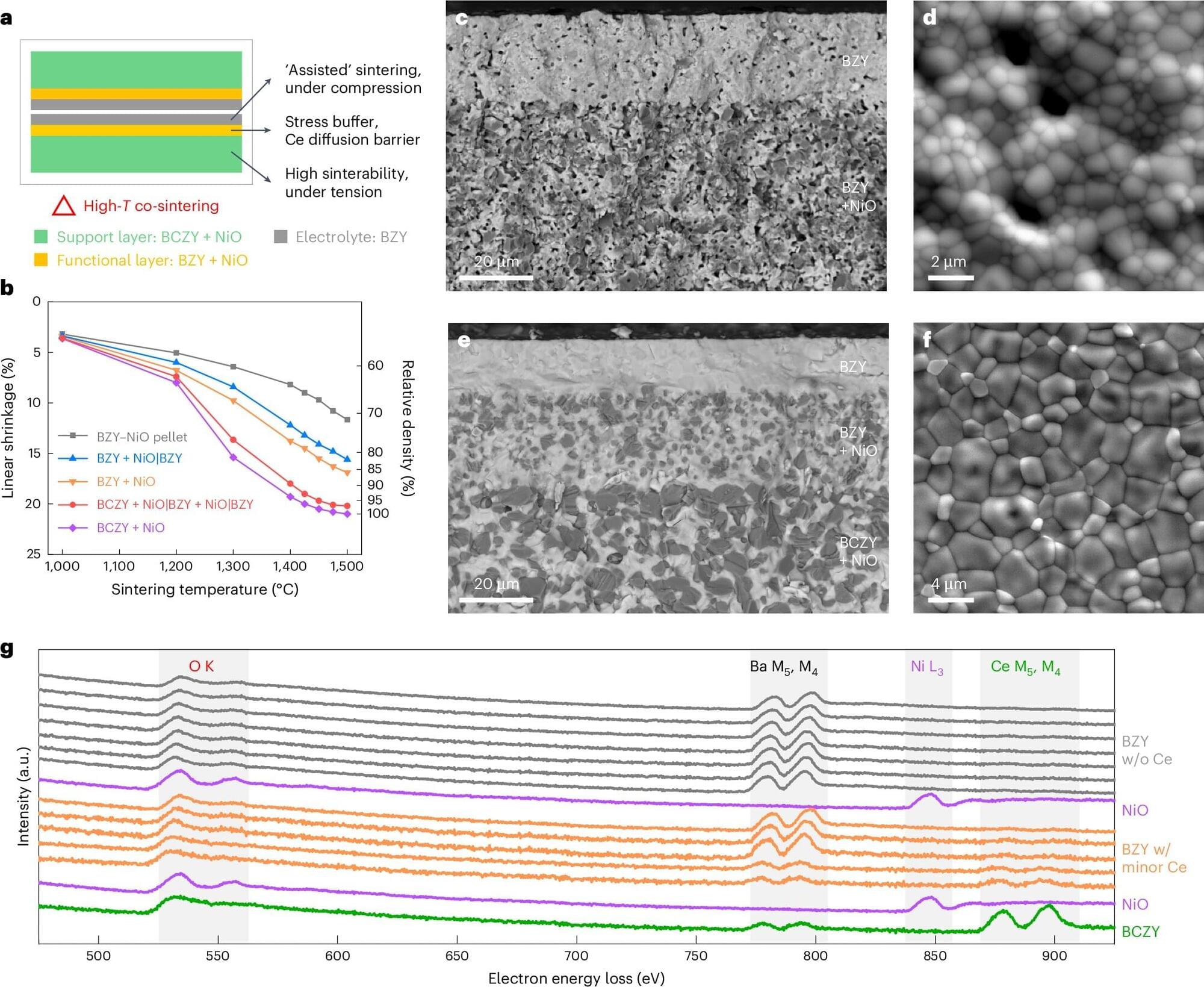In recent research published in Optics & Laser Technology and Infrared Physics & Technology, a research team led by Prof. Cheng Tingqing at the Hefei Institutes of Physical Science of the Chinese Academy of Sciences has introduced a novel low-thermal-effect gradient-doped crystal to tame thermal effects and improve the brightness of high-power end-pumped Nd: YAG lasers.
Traditional end-pumped solid-state lasers rely on uniformly doped crystals, which develop significant temperature gradients and thermal stresses under high pump power due to the axial absorption decay of pump power. These effects not only limit maximum pump power, but also degrade beam quality and conversion efficiency.
In this study, the researchers devised a numerical model for crystals whose neodymium concentration gradually increases along the rod, providing a theoretical basis for optimizing the concentration distribution and growth of novel gradient-doped crystals.
